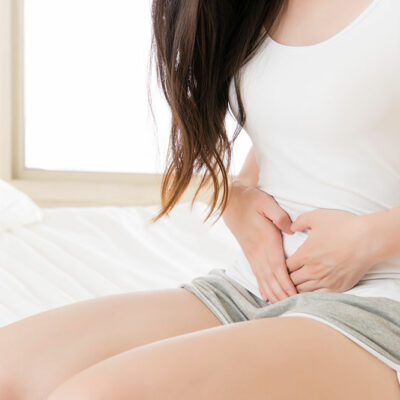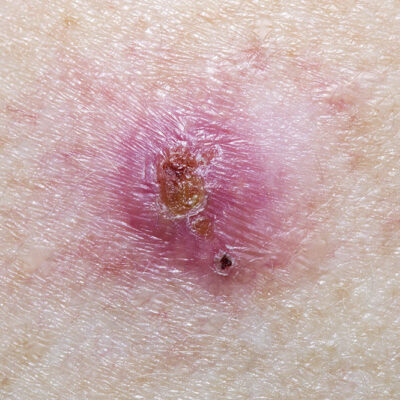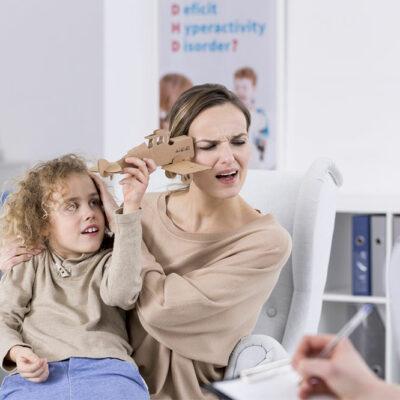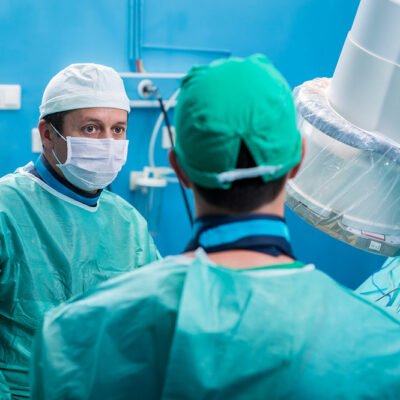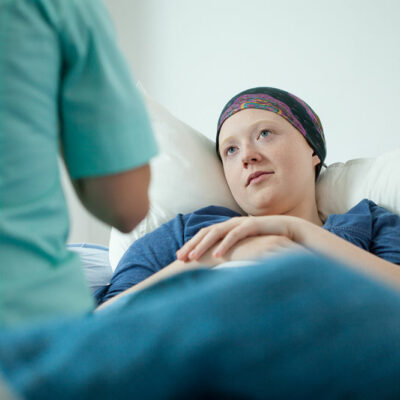
Health
8 Early Signs of Depression
A serious condition that affects a person’s physical and mental health, depression is characterized by a feeling of low self-esteem and sadness, along with a loss of interest in things that one enjoyed previously. The signs of depression can range from mild to severe, and the condition can also impair a person’s ability to perform everyday activities. Depression can affect a person of any age, and leaving the early signs untreated can lead to severe consequences. So, it is important to understand the early warning signs of the condition so that timely help can be taken and the condition can be managed effectively: Prolonged or lack of sleep Either sleeping too much or being insomniac is one of the early signs of depression. Sleep disorders directly affect the mood and energy levels of an individual, and abnormal sleep patterns can lead to depression. Lack of enthusiasm in things once enjoyed One of the early warning signs of depression is a lack of enjoyment of the activities that a person used to enjoy earlier. It can be physical or social, like eating habits, physical intimacy, or socializing, which one may have lost interest in. Usually, depression is characterized by a person wanting to remain alone and detached.
Read More 